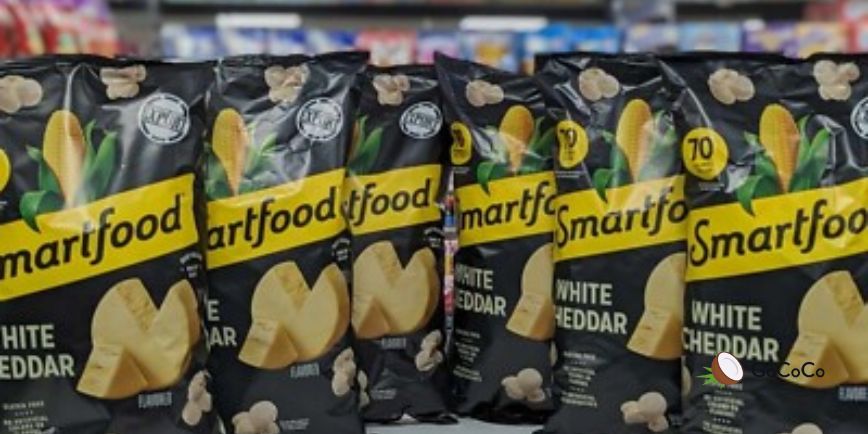
Most commercial marshmallows in the U.S. are technically gluten free. That means they don’t contain wheat, rye, or barley, the primary sources of gluten. The main ingredients are usually:
Some brands may include trace gluten from processing, or use wheat-derived starch, so if you have celiac disease, it’s worth looking for certified gluten-free labels.
⚠️But here’s the real issue: gluten-free doesn’t mean nutritious.
Just because marshmallows are gluten free doesn’t mean they’re healthy. At their core, they’re mostly sugar, air, and stabilizers. Even vegan or “natural” versions are still considered ultra-processed and should be treated like candy, something to enjoy occasionally, not daily.
Instead of focusing only on what marshmallows don’t have (like gluten), it’s more helpful to look at:
This is where Gococo’s approach comes in, shifting the focus away from “yes/no” foods and toward real habits that actually improve your energy, mood, and health.
If you like sweet things (who doesn’t?), here are some ways to keep it real and still feel satisfied:
You don’t have to swear off marshmallows forever but saving them for special moments (like s’mores at a campfire) keeps them fun without becoming a habit.
So yes, marshmallows are usually gluten free. But that’s only part of the story. The bigger picture is this: being mindful of ingredients is helpful, but what you eat regularly matters even more. Instead of chasing “free-from” labels, aim to build meals around foods that leave you full, energized, and nourished.
And if you’re feeling overwhelmed by labels, trends, and product claims, Gococo is here to help you cut through the noise. We believe food should make sense and feel good.


